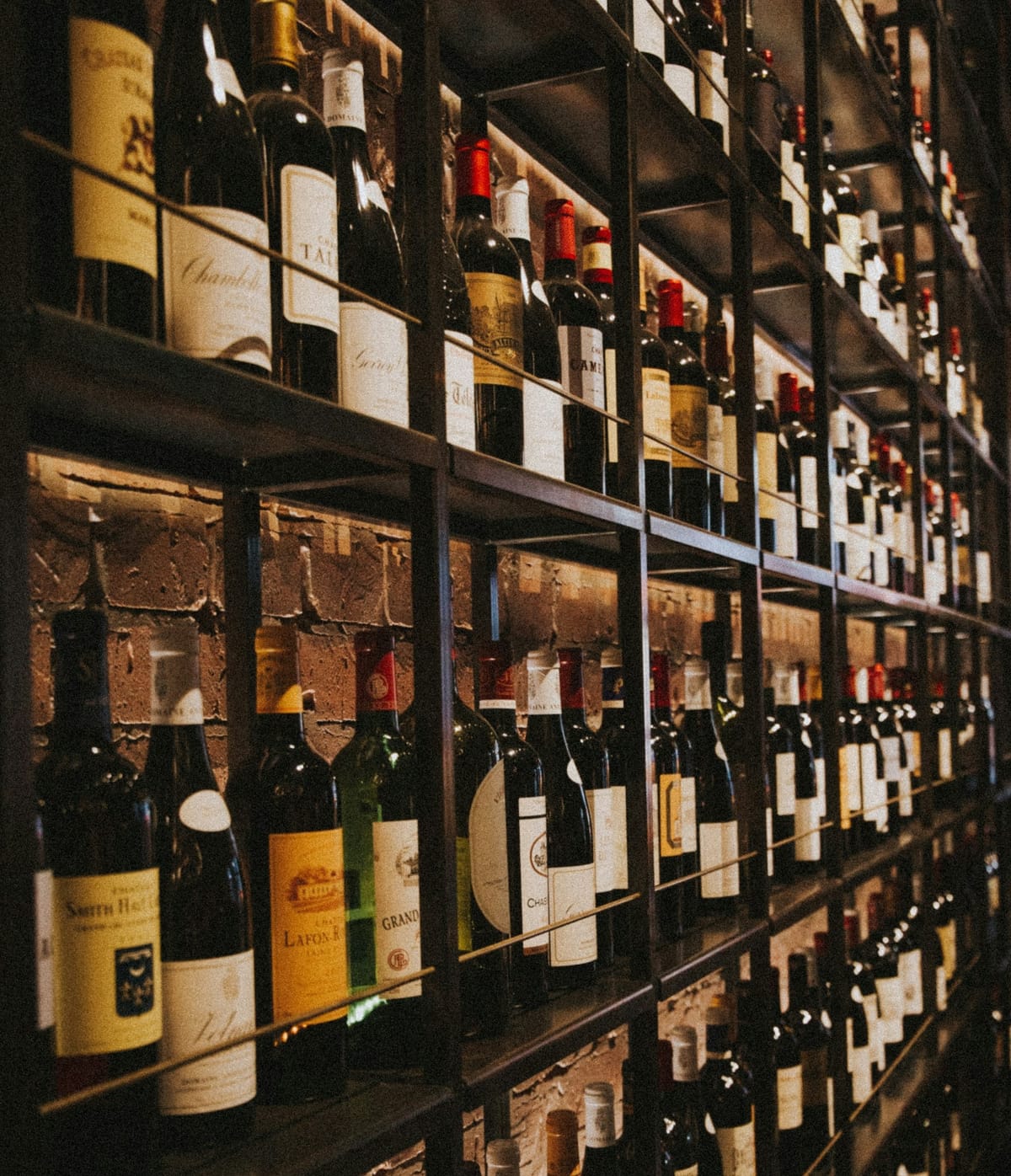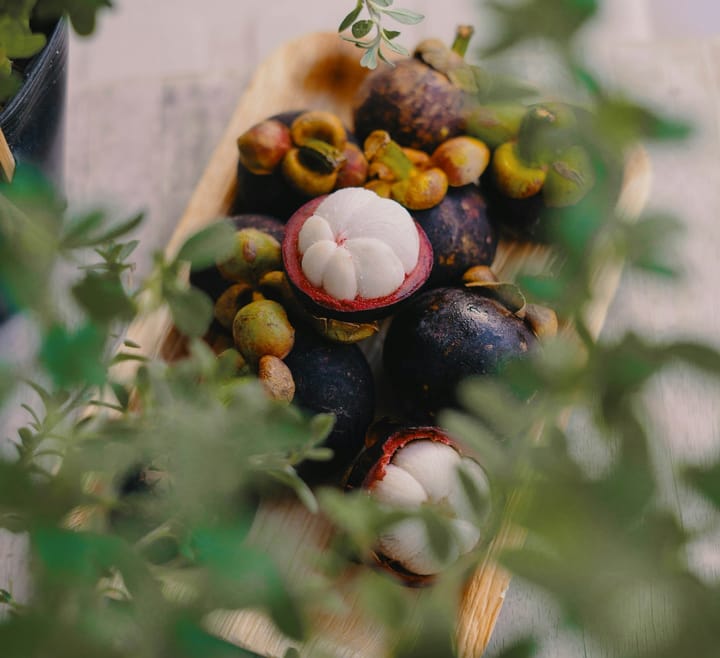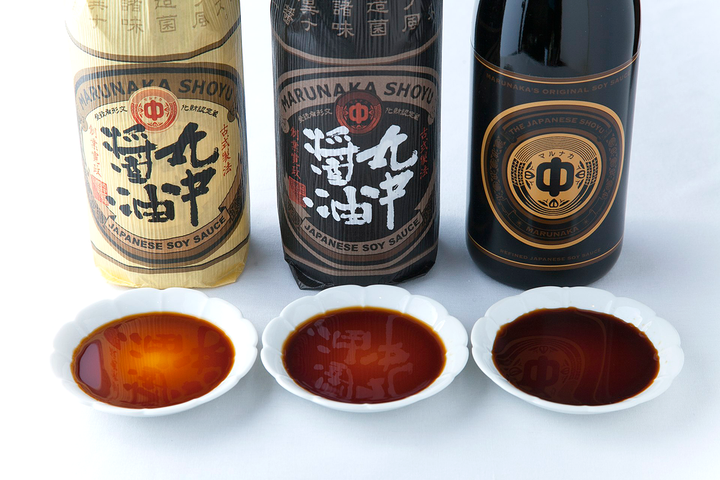The Ultimate Guide to Wine Tasting Notes and Scoring
Discover how wine tasting notes and scoring systems shape the luxury wine market. From Parker's 100-point scale to developing your palate, master the language that defines bottles worth thousands.

Wine tasting notes and scores have become the universal language of the wine world, influencing purchasing decisions worth billions of dollars annually.
For enthusiasts of luxury cuisine and premium ingredients, understanding wine evaluation is essential—after all, a perfectly aged Bordeaux can rival the price of Wagyu beef or white truffles, while a single bottle of Romanée-Conti can command prices exceeding $20,000, making it one of the world's most expensive ingredients.
This comprehensive guide will demystify wine tasting notes and scoring systems, empowering you to navigate the world of fine wine with confidence.
Understanding Wine Tasting Notes: The Anatomy of Description
Wine tasting notes serve as a roadmap to a wine's character, capturing its essence in words.
Professional sommeliers and wine critics have developed a sophisticated vocabulary that goes far beyond simple descriptors like "fruity" or "dry."
The Structure of Professional Tasting Notes

Professional tasting notes typically follow a systematic approach, examining:
Visual Assessment: The wine's appearance offers the first clues about its quality and age. Professionals note color intensity, clarity, and viscosity. A young Cabernet Sauvignon might display "deep purple-black with violet rim," while an aged Burgundy could show "brick-red with amber edges."
Aromatic Profile: The nose of a wine reveals layers of complexity. Tasters identify primary aromas (from the grape variety), secondary aromas (from fermentation), and tertiary aromas (from aging). A premium Napa Valley Cabernet might exhibit "blackcurrant, cedar box, graphite, and vanilla bean," while a Grand Cru Chablis could present "wet stones, lemon zest, white flowers, and subtle oak."
Palate Analysis: This encompasses taste, texture, and structure. Professionals evaluate sweetness, acidity, tannins, alcohol, body, and finish. They might describe a Barolo as having "firm, grippy tannins with bright acidity, full body, and a lingering finish of tar and roses."
The Vocabulary of Luxury
The language of wine tasting has evolved to capture nuances that justify wines costing thousands of dollars per bottle.
Terms like "precision," "tension," "energy," and "minerality" have entered the lexicon, attempting to articulate qualities that transcend basic flavor descriptors.
For ultra-premium wines, tasters often employ metaphors that evoke luxury and refinement: "liquid silk," "aristocratic bearing," "laser-like focus," or "symphonic complexity." These descriptions, while subjective, communicate the extraordinary nature of exceptional wines.
Major Wine Scoring Systems: The Numbers Game
Wine scores have become increasingly influential in the luxury market, with a single point difference potentially affecting a wine's value by hundreds or thousands of dollars.
The 100-Point Scale
Popularized by Robert Parker, the 100-point scale has become the most widely recognized scoring system in the United States. The scale typically breaks down as follows:
- 95-100: Extraordinary wines of profound complexity
- 90-94: Outstanding wines of exceptional quality
- 85-89: Very good wines with special qualities
- 80-84: Good, solid wines
- 70-79: Average wines with notable flaws
- Below 70: Unacceptable wines
This system's familiarity to American consumers (reminiscent of school grading) has contributed to its dominance in the U.S. market.
The 20-Point Scale
Traditional in European wine education, the 20-point scale offers more nuanced gradations:
- 18.5-20: Exceptional
- 17-18.5: Outstanding
- 15.5-17: Very good
- 14-15.5: Good
- 12-14: Acceptable
- Below 12: Faulty
Many European critics, including Jancis Robinson, prefer this system for its precision in distinguishing quality levels among fine wines.
The Five-Star System
Some publications use star ratings, typically:
- ★★★★★: Exceptional, worth seeking out
- ★★★★: Excellent, highly recommended
- ★★★: Good, recommended
- ★★: Fair, acceptable
- ★: Poor
This system's simplicity makes it accessible but lacks the granularity needed for fine distinctions among luxury wines.
Influential Critics and Their Impact
The wine world's most influential critics can make or break a wine's reputation—and market value—with their scores and notes.
Robert Parker revolutionized wine criticism with his 100-point scale and detailed tasting notes. His preference for powerful, concentrated wines shaped global winemaking styles for decades. A perfect 100-point Parker score can increase a wine's value exponentially.
Jancis Robinson brings academic rigor to wine criticism, combining technical expertise with accessible writing. Her scores on the 20-point scale carry significant weight, particularly for European wines.
James Suckling has become increasingly influential, particularly in markets like Asia. His enthusiastic style and high scores have drawn both followers and critics.
Wine Spectator and Wine Enthusiast magazines provide systematic coverage of global wines, with their scores prominently displayed in wine shops across America.
How Scores Affect Wine Values
In the luxury wine market, scores directly correlate with prices.
A wine scoring 100 points from Robert Parker might sell for ten times the price of the same wine with a 95-point score.
This phenomenon has created a secondary market where collectors trade high-scoring wines like commodities.
First Growth Bordeaux exemplifies this relationship. The 2009 and 2010 vintages, which received near-universal perfect scores, trade at multiples of other excellent vintages that "merely" scored in the mid-90s.
Developing Your Palate: A Journey of Discovery
Understanding professional tasting notes and scores is valuable, but developing your own palate is equally important. Here's how to refine your tasting abilities:
Start with Classic Benchmarks: Taste wines considered benchmarks for their styles. Try a Premier Cru Chablis to understand minerality, a Barolo for tannin structure, or a Mosel Riesling for acid-sugar balance.
Practice Systematic Tasting: Follow the professional format—appearance, nose, palate. Keep notes using whatever vocabulary feels natural to you.
Attend Professional Tastings: Many luxury wine shops and restaurants offer guided tastings led by sommeliers. These provide opportunities to taste exceptional wines while learning professional terminology.
Compare and Contrast: Taste wines side by side to understand subtle differences. Compare a $50 Napa Cabernet with a $500 example to understand what defines ultra-premium quality.
Beyond Scores: Understanding Context
While scores provide useful shortcuts, they don't tell the complete story. Consider these factors:
Vintage Variation: The same wine can vary dramatically between years. Understanding vintage conditions helps interpret scores accurately.
Regional Styles: A 90-point Burgundy represents a different style than a 90-point Napa Cabernet. Scores are most useful when comparing wines within similar categories.
Personal Preference: Your palate is unique. A wine you love might score lower than one you find uninteresting. Use scores as guides, not gospel.
Aging Potential: Some wines score highly upon release but lack aging potential, while others need decades to show their true quality.
The Future of Wine Evaluation
The wine criticism landscape continues evolving. Digital platforms enable crowd-sourced scores, challenging traditional critics' monopoly.
Some producers now eschew the scoring system entirely, arguing it reduces wine to numbers rather than celebrating its cultural and artistic dimensions.
For collectors of luxury ingredients and premium foods, wine represents another facet of culinary excellence.
Just as you might seek out Périgord truffles or A5 Wagyu, understanding wine evaluation helps you identify bottles worthy of special occasions and significant investments.
Conclusion
Wine tasting notes and scores, despite their subjectivity, provide valuable frameworks for understanding and communicating about wine.
They've democratized wine knowledge while creating a common language for discussing quality.
Whether you're selecting a wine to complement your Ossetra caviar or building a collection to rival your treasury of rare ingredients, understanding these evaluation systems empowers informed decisions.
Remember that behind every score lies a wine with its own story—of place, vintage, and winemaker's vision.
The numbers and notes are merely guides to help you discover wines that bring the same joy and wonder as any luxury culinary experience.
In the end, the best wine is not necessarily the highest-scoring, but the one that creates a memorable moment at your table.


